Should I Use a Cover Letter Template for My Job Application
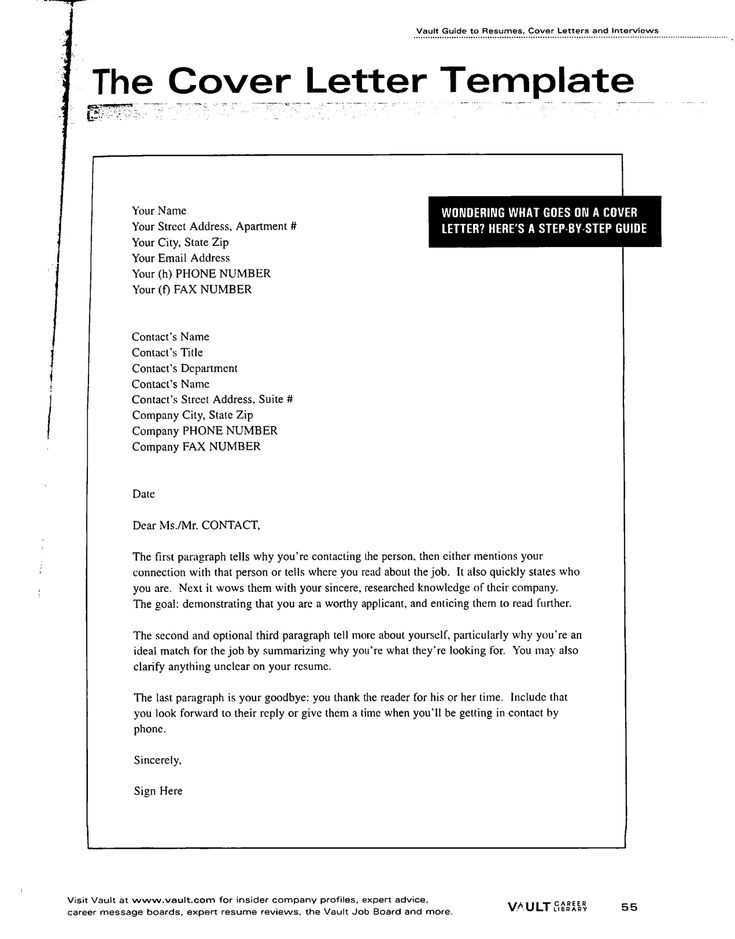
When applying for a job, crafting a strong introductory message is crucial. Many people turn to ready-made solutions that can save time, but it’s important to understand their potential impact on your application. The decision to rely on such tools comes with both advantages and disadvantages that need to be considered carefully.
Personalization is key in standing out, but does a standard format make it harder to show your unique qualities? While these documents provide structure and a starting point, it’s essential to determine whether they help or hinder your individual expression.
In this article, we will explore the benefits and challenges of relying on a standardized approach. From how it can save time to how it may lack the personal touch, we’ll provide insights to help you decide the best course of action for your job application.
Is Relying on a Pre-Written Application Document a Good Idea
In the competitive world of job hunting, time is often of the essence. Many applicants turn to pre-made documents to streamline their process, offering convenience and structure. However, it’s important to assess whether relying on these ready-made options can help you stand out or if they might make your submission feel generic.
Advantages of Ready-Made Job Application Documents
One of the biggest benefits of choosing a pre-written structure is the time it saves. These resources provide a clear outline of what to include, ensuring you don’t miss important details. It’s also a great way to overcome writer’s block, especially if you’re unsure where to begin. Moreover, some templates are crafted by professionals, so they can offer a polished and well-structured format.
Potential Downsides of Using Pre-Written Documents
While convenient, relying on a set format can limit your ability to personalize your message. Employers often appreciate seeing unique qualities and a personal touch. Standing out is essential, and generic documents may not highlight your individuality as effectively as a custom-written application.
Benefits of Using a Pre-Written Document Structure
When seeking to create a strong job application, time and effort are critical factors. Turning to structured resources can offer numerous advantages, especially for those looking to save time while ensuring their submission includes the necessary components. These tools provide an organized framework, allowing applicants to focus on personalizing content without worrying about formatting or content organization.
Time-Saving and Convenience
One of the most significant benefits of relying on a pre-set format is the ability to save valuable time. Rather than starting from scratch, these documents give applicants a clear structure, helping them avoid the stress of organizing their thoughts. The groundwork is already laid, allowing you to concentrate on adjusting the details to suit the job you’re applying for.
Professional Formatting and Structure
Pre-written structures often come with a polished, professional look, which can be essential for making a good first impression. These resources are designed by experts, ensuring that your document is well-organized and easy to read. This can enhance the overall presentation of your application, which may increase your chances of standing out in a competitive job market.
| Advantage | Description |
|---|---|
| Time Efficiency | Quick and easy to adapt, saving time on layout and structure. |
| Professional Appearance | Pre-written formats offer well-organized, polished designs. |
| Less Stress | Eliminates the worry about missing important sections or content. |
Common Mistakes with Pre-Written Documents
While pre-made resources can simplify the process of crafting a job application, they can also introduce pitfalls if not used carefully. Relying too heavily on these formats may lead to errors that diminish the impact of your submission. It’s important to be aware of these common issues to ensure that your application doesn’t fall into the trap of being too generic or impersonal.
Lack of Personalization
One of the most frequent mistakes when using a ready-made structure is failing to tailor it to your own experiences and the job you’re applying for. A generic message that does not reflect your unique qualifications can make you appear less committed to the role. Customizing the content is essential for demonstrating your genuine interest and showing how your skills align with the job requirements.
Inconsistent Tone and Language
Another common mistake is not adjusting the tone and language of the document to match your personal style or the company culture. Pre-written resources may use formal language that doesn’t align with the tone of the company you’re applying to, especially if it’s a more casual or creative environment. Ensuring your language is consistent with the employer’s culture can help you make a more authentic connection.
How Pre-Written Structures Affect Personalization
One of the key elements in a successful job application is the ability to showcase your individuality and strengths. While structured resources can offer guidance, they often come with the risk of reducing the personal touch that makes your application stand out. Relying too much on these ready-made solutions can limit how effectively you present your unique skills and experiences.
By adhering strictly to a pre-written outline, it becomes challenging to highlight the specific qualities that set you apart from other candidates. Personalization is vital to demonstrate how your background directly aligns with the role you’re applying for, and overly standardized formats may fail to capture this. Customizing your application to reflect your true abilities and enthusiasm is essential for making a lasting impression on potential employers.
Customizing Pre-Written Structures for Your Needs
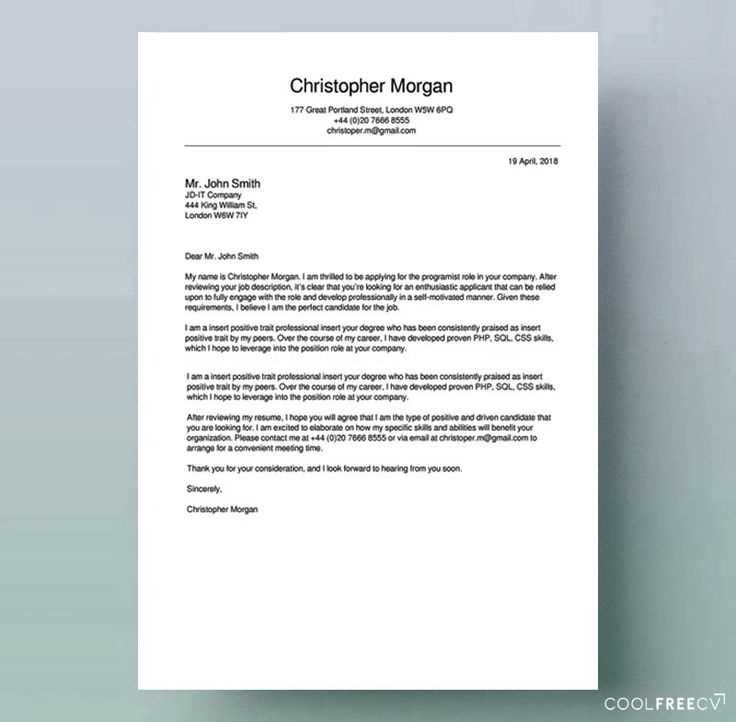
While ready-made resources offer convenience, adapting them to fit your unique circumstances is essential for making a lasting impression. Customizing these documents allows you to align the content with the specific requirements of the job and highlight your relevant skills. With a little effort, you can make a standardized format work to your advantage while ensuring it remains personal and engaging.
Key Areas to Personalize
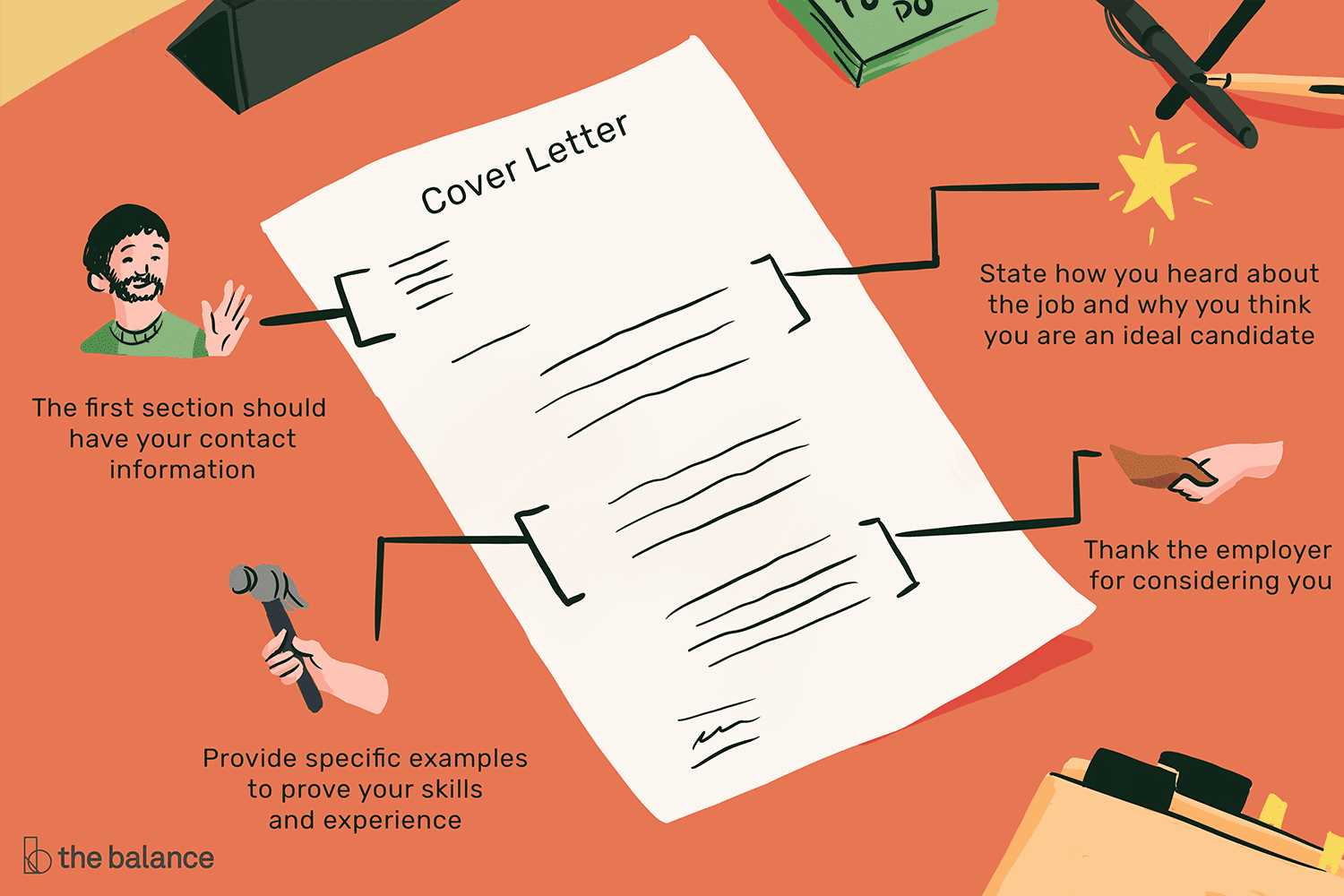
There are several elements in a pre-written structure that can be tailored to better reflect your qualifications and enthusiasm:
- Introduction: Adjust the opening to reflect why you’re specifically interested in the company and role.
- Skills and Experience: Highlight the most relevant skills that match the job description.
- Closing Statement: Express your eagerness to discuss how your experience aligns with the company’s needs.
How to Effectively Adjust the Structure
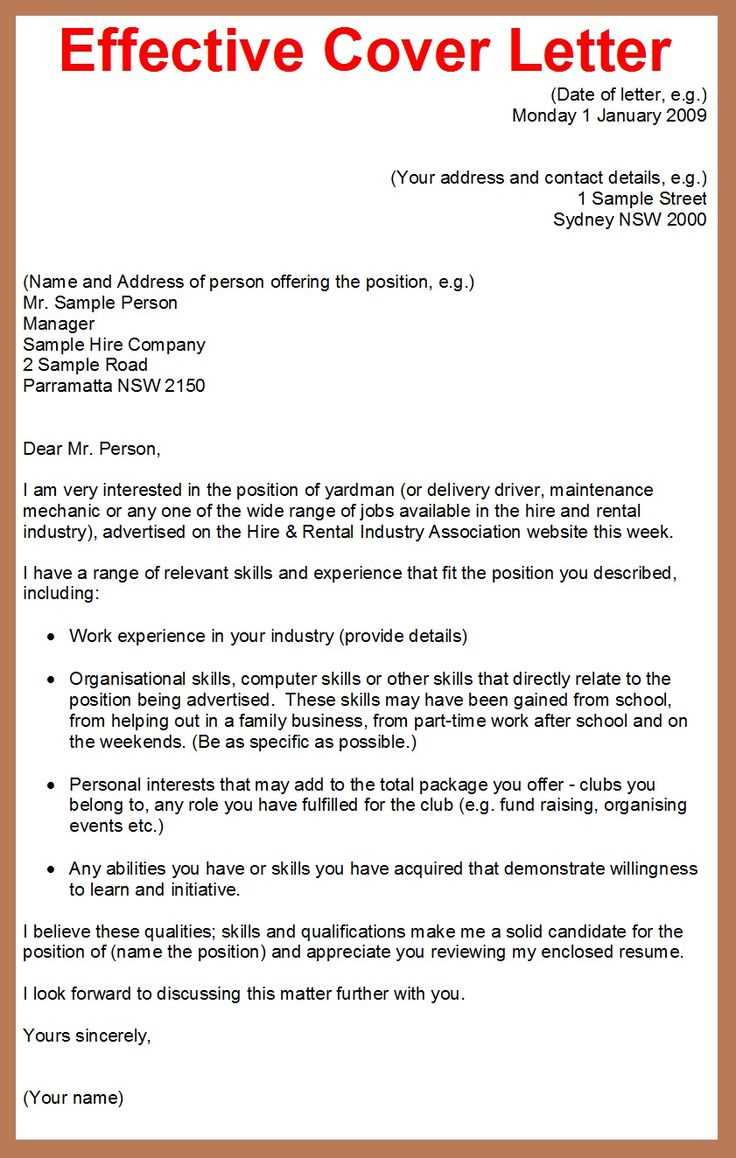
To truly make a difference, you need to focus on changing the language and tone, ensuring it matches both your style and the company’s culture. Don’t be afraid to modify sections that may seem too formal or generic. Aim for a balance between professionalism and personality, which will make your application feel more genuine.
When Pre-Written Structures Can Be Unhelpful
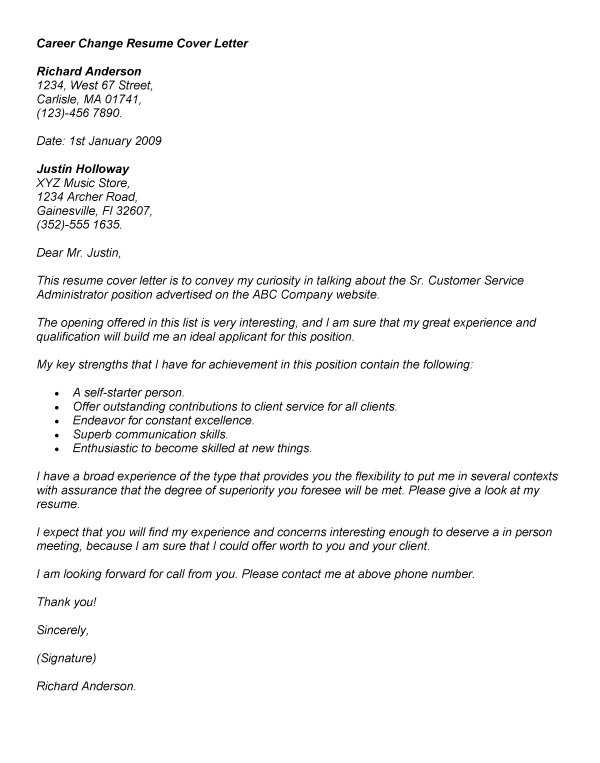
While structured resources can offer guidance, there are situations where relying on them may hinder your ability to create an impactful application. In certain circumstances, these frameworks may not align well with the specific demands of the role or company. It’s important to recognize when a pre-set approach may be more limiting than helpful.
Over-Simplification of Your Unique Strengths
When you use a standard format, there’s a risk of oversimplifying or overlooking the unique skills and experiences that make you a strong candidate. These documents may not allow enough space to fully showcase your personality, qualifications, and enthusiasm, which are all key elements in making your application stand out.
Mismatch with Job Requirements
Not all roles require the same type of approach. Some employers may prefer a more personalized or creative submission, while others may seek a straightforward and concise approach. Using a generic framework can sometimes miss the mark, failing to tailor the application to the specific needs of the job or the company culture.
Tips for Writing a Strong Application Document
Crafting an impactful job application involves more than simply filling in the blanks. To create a compelling submission, it’s essential to highlight your unique skills and demonstrate how your qualifications align with the company’s needs. The following strategies will help you stand out and ensure your application catches the attention of recruiters.
Start with a Strong Opening
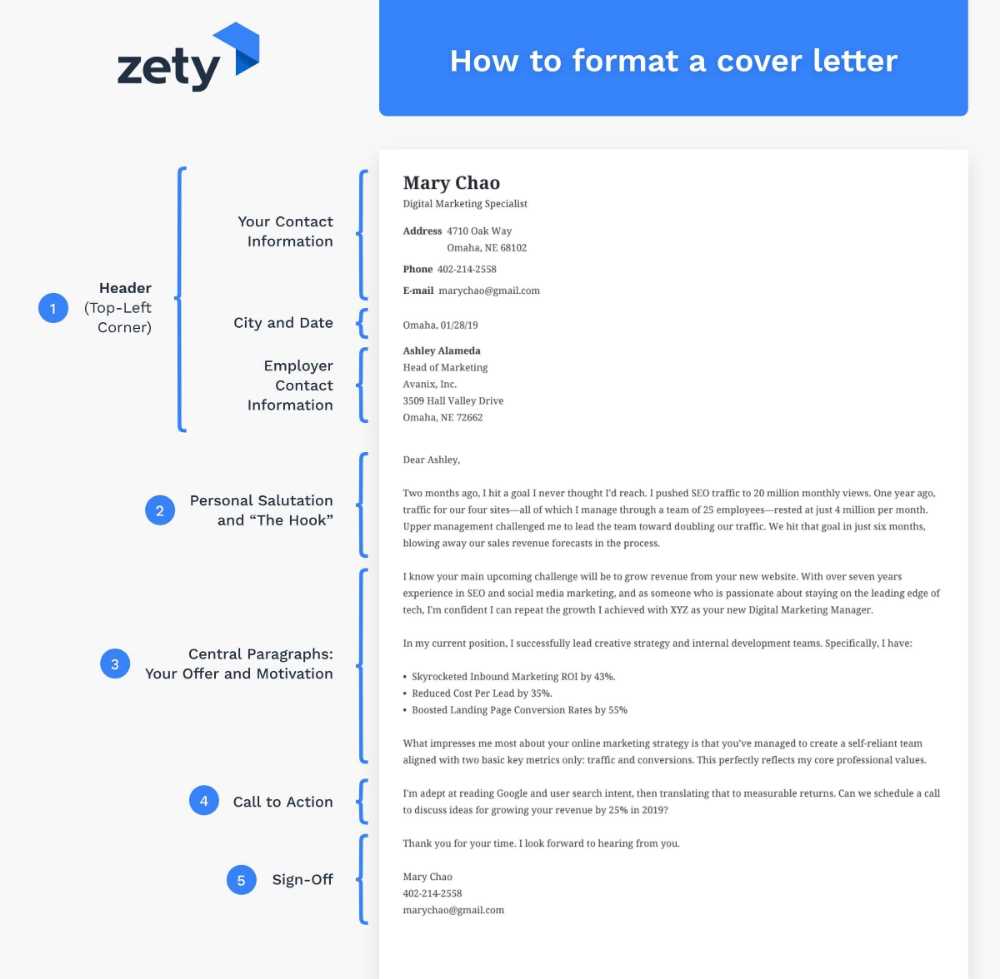
The beginning of your submission is your chance to make a positive first impression. Open with a concise statement that expresses your enthusiasm for the role and introduces your qualifications. Make sure to convey why you’re genuinely interested in the position and how your skills make you a suitable fit for the company.
Focus on Relevant Experience and Skills
It’s important to tailor the content to highlight the experience that directly relates to the job you’re applying for. Showcase how your past achievements can contribute to the company’s goals. Use specific examples to demonstrate your success in previous roles, making sure to tie them back to the responsibilities of the current position.